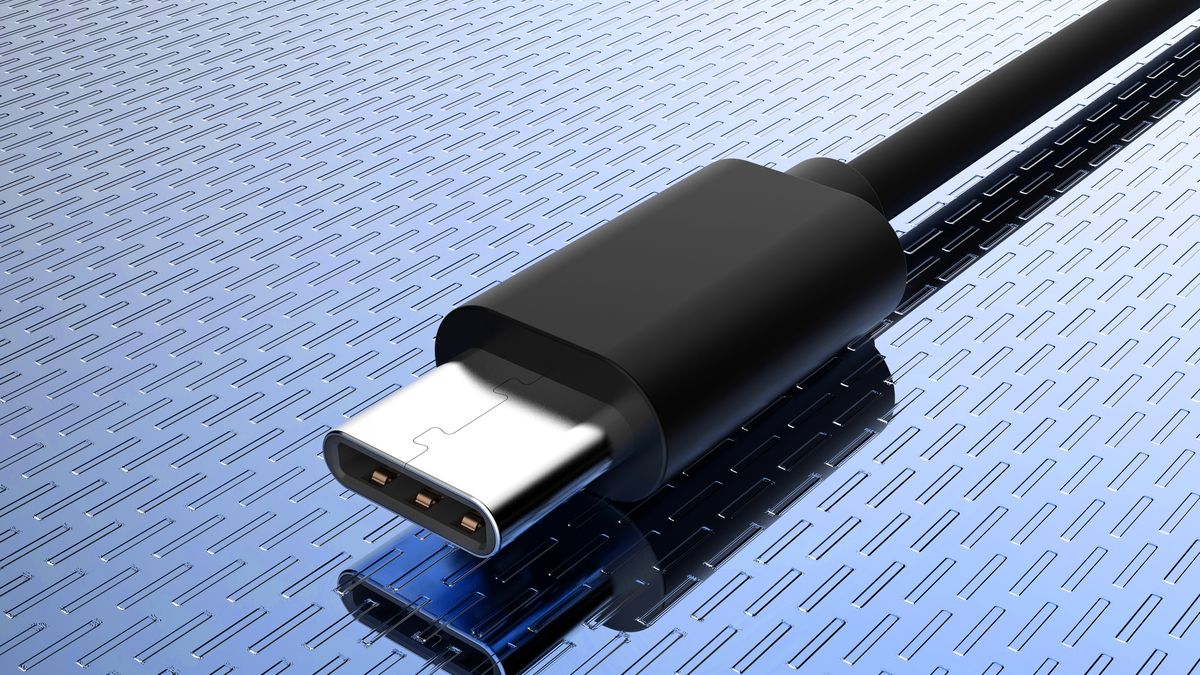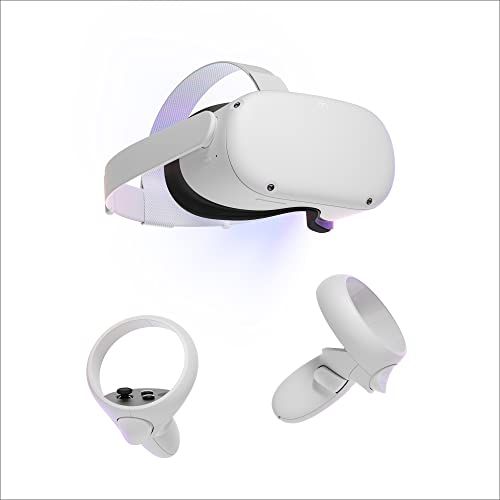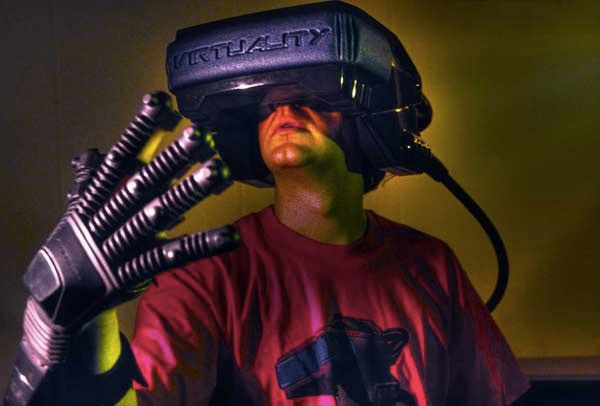
Why the Non-Wireless Design of PlayStation VR 2 Enhances Gaming Experience

Why the Non-Wireless Design of PlayStation VR 2 Enhances Gaming Experience
Quick Links
- The Quest 2 Isn’t “Wireless”
- Wireless VR Is Not Ready
- Weight Matters in VR
- Costs Must Be Controlled
- USB-C Opens Many Doors
The PlayStation VR 2 headset uses a single USB-C cable to connect to the PlayStation 5. Some fans are dismayed by the cable, especially in the world of the wire-free Quest 2 , but Sony made the right choice.
The Quest 2 Isn’t “Wireless”
There seems to be some confusion when comparing the current VR market leader to the PlayStation VR 2. These are fundamentally two different categories of VR headsets . The Quest 2 is a completely self-contained VR system. All of the hardware needed to make VR work is inside the Quest 2.
In other words, the Quest 2 isn’t a “wireless” headset. It’s a “standalone” headset.

Oculus Quest 2 256GB
$298 $350 Save $52
The Quest 2 is the one VR headset to rule them all, at least for now. While some headsets outdo it in specific areas, none are as versatile or affordable.
$298 at Amazon See at Bestbuy See at Target
These two headsets have different use cases and design goals. The PlayStation VR 2 is an accessory to a powerful console, which is the device doing all the actual work.
Related: How to Play PC VR Games on an Oculus Quest 2
If you want VR with the same quality that a PS5 can produce on a Quest 2, you need to connect it to a PC using a cable and the Oculus Link function. You also have the option to connect to a PC wirelessly, but that’s not currently the best way to experience PC VR on a Quest .
Wireless VR Is Not Ready
To be clear, wireless VR solutions do exist. In the case of the Quest 2, you can use “Air Link”, but the feature is still in the experimental stage. You need to carefully consider your network configuration to make it work well. It seems the best solution is to connect your PC to a 5Ghz Wi-Fi router using Ethernet. It’s even better if that router is dedicated to VR and only VR. Even then, WiFi isn’t nearly as reliable as a USB-C cable and it doesn’t have the same sort of bandwidth in real-world situations.
Related: What is WiGig, and How Is It Different From Wi-Fi 6?
A better solution is to use a dedicated wireless system such as WiGig . This is exactly what was done with the HTC Vive . the Vive wireless pack has a module for the headset, a battery, and a PCIe WiGig card to let the PC talk to the headset. It should be noted that the Vive Wireless adapter pack costs more than an entire Quest 2 headset. So while this 60Ghz wireless technology does work, it’s still outside the realm of affordability. For either the Quest 2 or the PlayStation VR2.
Weight Matters in VR

VR headsets are in an eternal struggle when it comes to total weight and how that weight is distributed on a user’s head. Early headsets, such as the ones from Virtuality in the 90s, tested the limits of the human neck!
In order to go wireless, you need to add a battery and the necessary electronics to make wireless VR work. Unless these are made from unknown, gravity-defying exotic matter, they’ll add weight to the headset.
That may mean that other features of the PlayStation VR 2 wouldn’t make the cut, such as the haptic actuators, eye-tracking hardware, or high-end screen.
Costs Must Be Controlled
The additional hardware to make a wireless PlayStation VR 2 wouldn’t just add weight, it would add cost as well. Console hardware has a famously thin profit margin or can even be sold at a loss, relying on the software “attach rate” to put the company in the black.
At the time of writing, we don’t know how much the PlayStation VR 2 will cost at retail, but it’s going up against the $300 Quest 2, which doesn’t require a $500 console to work. The PSVR that came before was also sold at $399, albeit without motion controllers.
Regardless, there’s little doubt that every cent of the PlayStation VR 2’s final cost on the shelf matters, and a wireless connection solution would tip that number too far in the wrong direction.
USB-C Opens Many Doors
Going with a cheap and open standard such as USB-C leaves many doors open for Sony going ahead with their new headset. We’ve already talked about how this makes PC VR a technical possibility , but Sony can also use it to upgrade the PlayStation VR 2 at a later date.
It’s conceivable that a wireless module (via belt clip or headset mount) could be connected to the headset, providing the battery power and wireless hardware that’s currently missing. So don’t lament the lack of wireless connectivity in Sony’s next-generation headset. When the technology is ready, there’s still a way to make it a reality.
Also read:
- [New] Unlocking VLC's Full Potential for Transforming MP4 & Various Formats
- [Updated] 2024 Approved The Ultimate Guide to iPad Time-Lapse Filmmaking
- [Updated] Faster Than Ever Revolutionary Methods to Speed Up FB Videos
- 2024 Approved Navigating Virtual Territories Metaverse & Multiverse Guide
- 2024 Approved Ultimate Guide Perfecting Pics with Facetune
- 2024 Approved Ultimate Top 5 Low-Weight Action Recorders List
- Expert Insights Into CleanMyMac X: Unveiling the Secrets with a ZDNet Analysis
- Flight to Film Expert Techniques for Video Editors Using Drones
- In 2024, Pokemon Go Error 12 Failed to Detect Location On Infinix Smart 7? | Dr.fone
- In 2024, Transform Your Workspace with These 8 Dynamic Backdrops
- In 2024, Transition Tactics for a Hassle-Free macOS 11 Big Sur Upgrade
- In 2024, Unleash the Power of Windows 11 with Auto HDR Feature Activation
- In 2024, Unlock iPhone Editing Magic Shorter, Smaller Videos
- In 2024, Which Pokémon can Evolve with a Moon Stone For Tecno Spark 10C? | Dr.fone
- Inside Look at Windows' Screenplay Halts
- The Future of Virtuality Top-Tier Oculus Rift Reviews for 2024
- The Ultimate Guide to Free Video Editing and Effects Sites for 2024
- Top 5 Innovative Chatbot Tools Using GPT-3 Technology for Enhancing Emotional Wellness
- Unreliable Shortcuts: The Risks of Relying on ChatGPT for Text Summaries
- Title: Why the Non-Wireless Design of PlayStation VR 2 Enhances Gaming Experience
- Author: Mark
- Created at : 2024-12-30 16:01:17
- Updated at : 2025-01-02 16:44:38
- Link: https://some-guidance.techidaily.com/why-the-non-wireless-design-of-playstation-vr-2-enhances-gaming-experience/
- License: This work is licensed under CC BY-NC-SA 4.0.